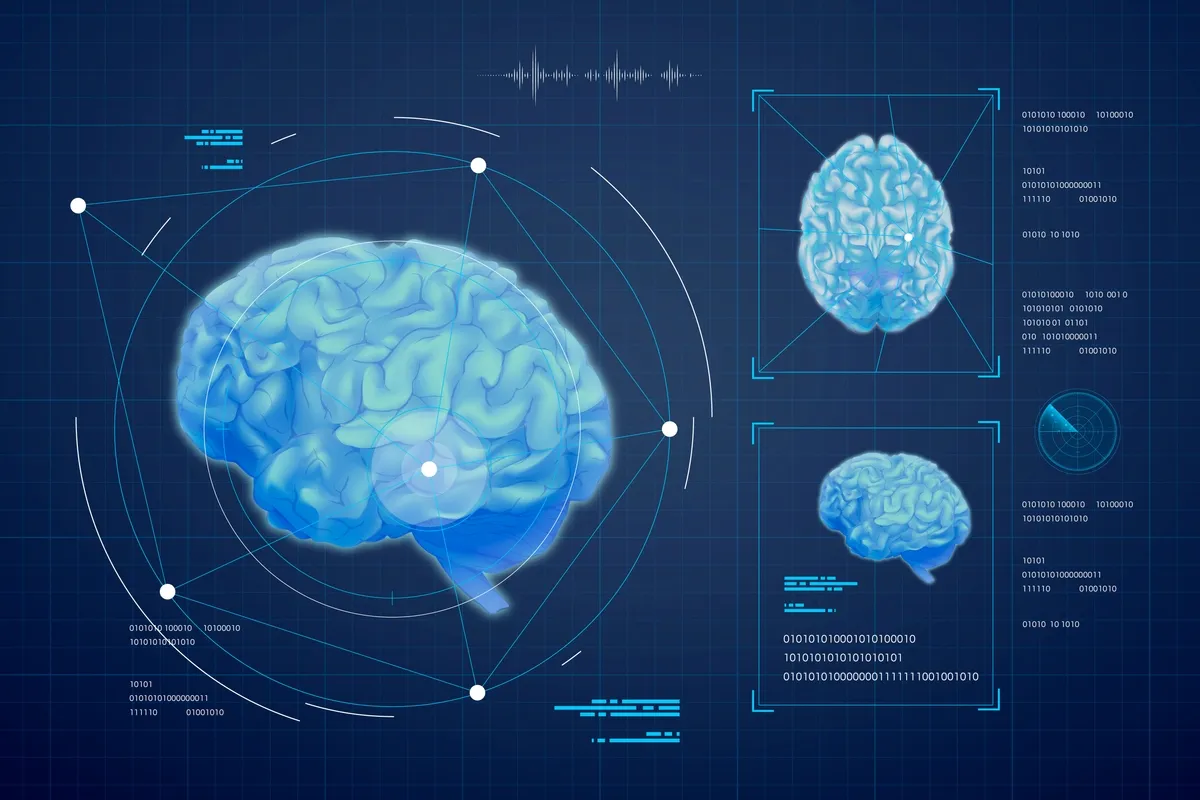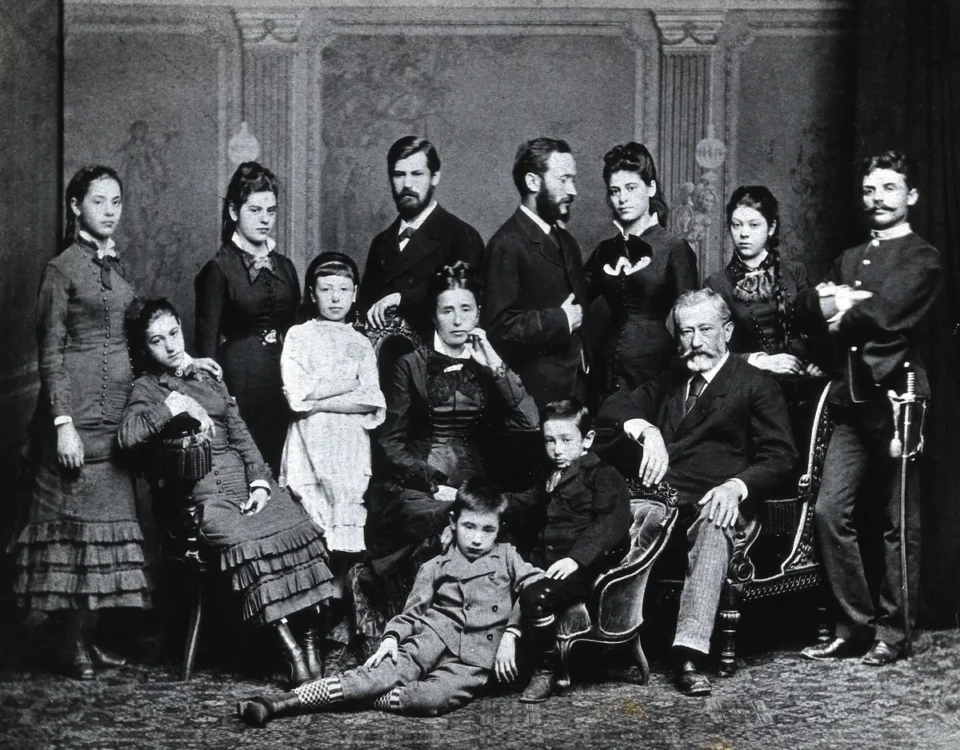
If General Chemistry was Real Life
October 3, 2025
Theories of Motivation, Personality, and Development: Why You’re Like This (Psychology Edition)
October 17, 2025Summary (TL;DR)
Sensory memory is the first step in processing information and comes in two types: iconic (visual) and echoic (auditory). It’s brief but captures raw environmental data before it fades.
Associative learning links events together (classical and operant conditioning), while non-associative learning is adapting to repeated stimuli. Context and state-dependent memory show that where and how you study affects recall.
There are many types of learning: associative, non-associative, observational, latent, and insight. Each plays a role in how we acquire and recall knowledge.
To improve long-term memory, combine memory palaces with humor, emotions, and dual-coding strategies. Sensory memory is fleeting, and short-term memory has limits, but creative encoding can move knowledge into long-term storage.
In short: studying with imagery, emotion, and context makes memory more effective than rote memorization.
Memory Palaces, Emotions, and Physeo: A Tour Through Your Brain's Weirdest Storage Unit
Welcome, weary medical study zone wanderer. If you're buried under Physeo videos and wondering why you can remember every line of a meme from 2013 but not the power stroke in muscle contraction, you’re not broken. You just need better storage. Like a memory palace. Preferably one without Wi-Fi, roommates, or existential dread.
Let’s open the dusty doors of cognition, shall we?

What Is a Memory Palace, and Why Should You Care?
A memory palace is an ancient technique rooted in the idea that visual-spatial memory—aka your ability to remember where you left your keys (LOL, good one)—is surprisingly powerful. In neuroscience, this kind of memory is tied to the parahippocampal place area (PPA) and retrosplenial cortex, regions of the brain that help us process and recall spatial environments. You take a familiar location, like your house, and mentally place information inside it. Suddenly, the types of memory retrieval become a trip down your hallway where the long term memory types are alphabetized in the sock drawer next to that one weird sock you’ve never thrown out.
But here’s the kicker: it’s not just about spatial layout. The real magic happens when you mix in emotion. According to cognitive appraisal theory, feelings color memories, making them more durable. Emotionally charged events activate the amygdala, which enhances activity in the hippocampus—your brain’s long-term storage drive. So if you want to encode memory like a boss, don’t just picture “acetylcholine” written on your fridge—make the fridge sob uncontrollably because someone blocked its nicotinic receptors.
Now you’ve got encoding memory examples and mild emotional trauma. Perfect combo.
What Is Sensory Memory, and Can You Eat It?
No. But good question.
Sensory memory is the very first stop in the memory process order. It's fleeting—lasting milliseconds—but captures raw data from the environment: sights, sounds, smells, and that one oddly specific fear you got from watching Physeo neuroanatomy animations. Examples of sensory memory? The brief flash of an image. The echo of someone saying "You have to memorize all of pharmacology." The smell of burnt toast when you're panicking before USMLE Step 1 test day.
There are two types of sensory memory: iconic (visual) and echoic (auditory). The capacity of sensory memory is large, but the duration is shorter than your motivation after watching 10 minutes of Physeo pharm. Iconic memory lasts about 0.5 seconds, while echoic can stretch to 3–4 seconds—just long enough to misremember something confidently.
Encoding, Emotions, and Associative Learning: A Love Triangle
Let’s define associative learning in psychology real quick: it’s when you learn that one thing means another thing will happen. Think Pavlov's dogs. Or how the smell of hospital soap triggers a fear response in med students.
There are two types of associative learning: classical and operant conditioning. The latter involves a learned association between behavior and consequence. So yes, you too can train yourself like a golden retriever with flashcards and dopamine. (Associative learning psychology example: You remember more if you give yourself gummy bears every time you finish a Physeo video.)
Contrast that with non-associative learning, where your brain just adjusts to a stimulus without linking it to anything else. Like how you stop noticing the buzzing of fluorescent lights in your training cartoon images study cave.
And let’s not forget the state dependent learning example: if you learn while anxious and under-caffeinated, you’ll recall better in the same state. Congrats. That panic is... useful?
Memory Retrieval: The Lost Art of Finding the Info You Definitely Studied
The process of retrieval refers to getting information out of long-term storage. It’s like asking your brain to find that one file from 2008 labeled “relevant.” Types of memory retrieval include recall (bringing information from memory without cues), recognition (identifying information when presented), and the ever-hopeful “Wait, I know this… I swear...”
It’s why context dependent memory (memory is better when environmental context is the same) and state dependent retrieval (internal state matches between learning and recall) matter. Where you study and how you feel while studying affect what you remember. So maybe don’t do all your learning in bed unless you plan to take Step 2 curled in a fetal position.

Learning Types in Psychology: So Many Ways to Learn
Let’s summarize:
Associative learning = connecting things (Pavlov, gummy bears, exam anxiety).
Non-associative learning = just existing and adapting (like a goldfish with a stethoscope).
Observational learning (aka social learning) = learning by watching others suffer.
Latent learning = learning that doesn’t show up until you need it (hello, random fact about Noam Chomsky language learning theory during a date).
Insight learning = sudden "Aha!" moments that feel like divine intervention but are really just your neurons syncing up for once.
All of these fall under psychology types of learning, or what I call “kinds of learning psychology that will be on the MCAT whether you like it or not.”
Putting It All Together: Your Physeo-Infused, Sensory-Saturated Superbrain
Use your working memory (aka “brain RAM,” aka prefrontal cortex overload) to juggle short-term info. Working memory typically holds about 7 ± 2 items for around 20 seconds, unless rehearsed.
Strengthen long-term memory by using your memory palace and layering in emotion and association. Studies show that combining dual-coding (verbal + visual input) with emotional salience strengthens consolidation via both the hippocampus and amygdala.
Link Physeo images with ridiculous scenarios. Make the TB bacterium do the cha-cha. Build mental rooms where pharm drugs have personalities. Use emotion, location, humor—anything to avoid brute-force memorization.
Because information is stored in sensory memory only briefly, and short term memory has a limited capacity, but with good encoding strategies and weird enough imagery, you can sneak it past the gate and into the long haul.
You don’t just study medicine. You hallucinate efficiently.
Final Tip:
Next time someone asks, “What is memory retrieval?”, tell them it’s the act of pacing your room mumbling Physeo facts while wondering if language learning theory of Chomsky can explain why your cat knows when it’s dinner time. (Spoiler: it can’t. That’s just latent learning.)
Alright, class dismissed. Go build a memory palace. Put a cartoon Mycobacterium tuberculosis on the toilet. Cry with it. And never forget it.
References
Yates, F. A. (1966). The Art of Memory. Routledge.
Bower, G. H. (1972). Mental imagery and associative learning. In L. W. Gregg (Ed.), Cognition in Learning and Memory (pp. 51–88). Wiley.
Maguire, E. A., Valentine, E. R., Wilding, J. M., & Kapur, N. (2003). Routes to remembering: The brains behind superior memory. Nature Neuroscience, 6(1), 90–95.
Baddeley, A. D. (2000). The episodic buffer: a new component of working memory? Trends in Cognitive Sciences, 4(11), 417–423.
Kensinger, E. A. (2009). Remembering the Details: Effects of Emotion. Emotion Review, 1(2), 99–113.
Craik, F. I. M., & Lockhart, R. S. (1972). Levels of processing: A framework for memory research. Journal of Verbal Learning and Verbal Behavior, 11(6), 671–684.
Atkinson, R. C., & Shiffrin, R. M. (1968). Human memory: A proposed system and its control processes. In K. W. Spence & J. T. Spence (Eds.), The psychology of learning and motivation (Vol. 2, pp. 89–195). Academic Press.
Topic FAQs
Take Your Medical Education to the Next Level with Physeo
Whether you're preparing for Step 1, Step 2, or striving to become a more confident and compassionate physician, Physeo is here to support your journey. Our resources are designed to help you master complex concepts, stay motivated, and achieve your goals.
📚 Unlock Premium Study Tools
Dive into our comprehensive video lessons, image mnemonics, and proven study plans tailored for success. Check out Our Plans to explore subscription options and find the perfect plan for your needs.
💡 Stay Inspired with Our Blog
Looking for tips on excelling in medical school, overcoming burnout, or balancing life as a student or professional? Check out our Blog. It’s your go-to resource for actionable advice and stories from fellow medical students and professionals.
📺 Boost Your Learning with Our YouTube Channel
Prefer learning through videos? Subscribe to our YouTube channel for free tutorials, step-by-step explanations, and expert insights to help you ace your exams and thrive in your medical career.
📱 Connect with Us on Social Media
Stay updated, inspired, and connected with Physeo across our social media platforms:
- Instagram: Follow us on Instagram for daily motivation, study tips, and behind-the-scenes content.
- Facebook: Join our community Here for updates, discussions, and support.
- LinkedIn: Connect with us professionally at LinkedIn for industry insights, career advice, and networking opportunities.
🚀 Ready to Excel?
Invest in yourself and your future patients by joining the Physeo community today. Let’s work together to create a generation of healthcare providers who lead with knowledge and compassion.
Start Your Journey NowAuthor
Emily Dinning
Physeo Director of Creative Content
Latest articles
Our newsletter
- Work-Life Balance
- USMLE Prep
- Study Tools
- Stress Management
- Spaced Repetition
- Residency Applications
- Physeo
- Personal Growth
- Pathology Education
- OB/GYN Specialty
- Nutrition
- Neuroscience
- Mental Health
- Medical School Tips
- Healthcare Innovation
- Global Health
- Fitness & Wellness
- Faith & Medicine
- Doctor-Patient Relationships
- Creativity in Science
- Career Planning
- Anatomy Mastery













